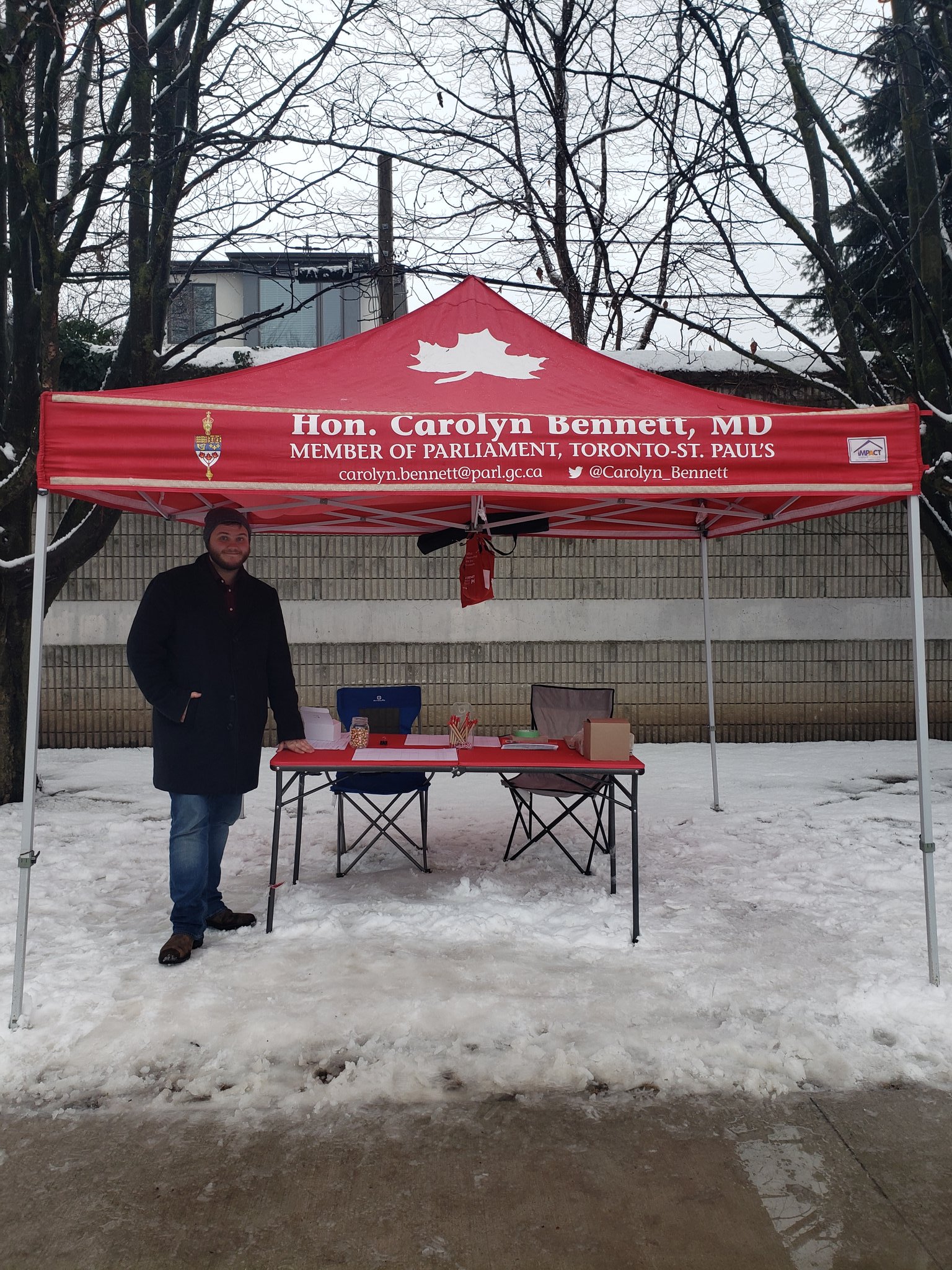
While we often think of politics as speeches made by figures too grand for daily life, or all the arguments at the House of Commons on the news, we seem to forget the importance of all the everyday people who these people represent and support.
Recently at my internship in a Downtown Toronto Constituency office, I had the opportunity to see how politics takes part in the lives of average people. While I was helping with a skating party for constituents in Toronto to meet their Member of Parliament, I noticed two things about the ways people interacted with me. I found myself able to tell what issues people had, some without them even having to say a word. These behaviors, which I am calling the spoken and the silent each provides a hint of someone’s interests and concerns. Whether you want to moderate your own behavior for these tells, or you want to be a better problem solver, this blog post will explore what each topic is and how they relate to reading people’s interests and concerns.

First, I will talk about the spoken, The most straightforward of the two. This in its basic sense is what people are saying to you, and how they are saying it. While I ran the registration desk, I would strike up a conversation with people, and see what brought them out. The most often response I would get was something along the lines of “I wanted to speak to the MP on this specific issue” or “I was wondering their stance on this issue?” It is this direct statement which shows their interests and their concerns. Sometimes I would have other people in line react to certain topics, and as they either would agree or react in shock, I could tell their interests as well. It is this initial contact that allowed me to see what people wanted to talk about, and how they saw these issues.

While what people said to me was important, what I found more important is what they did not address, or outright refused to answer. This is what makes up the silences. For example, as I continued my work at the registration table, I had a gentleman refuse to sign in to skate if we did not give him a detailed explanation of what the sign in information was for. While I explained that the information was to act as a sort of guest list to see who came out, their skepticism and concern showed to me they had a great interest in information security and privacy in their everyday life. It is these silences which can tell you more about a persons’ interests than the spoken, as well as telling you what they are uncomfortable with. When you can tell what makes them uncomfortable, you get the chance to try and avoid this, and create an environment they feel comfortable sharing in.

While both the spoken and the silent were important tips for navigating my internship, they are much more than tricks for political speech. In any position when you deal with the public, considering these two areas will only serve to benefit you. Whether it be reading the room during a tense discussion, helping solve problems at your job, or even when performing public speaking, these cues help you see how people are receiving you, and how they feel about the issues you talk about. I hope that you can take these skills and apply them the best to fit whatever you need them for!
